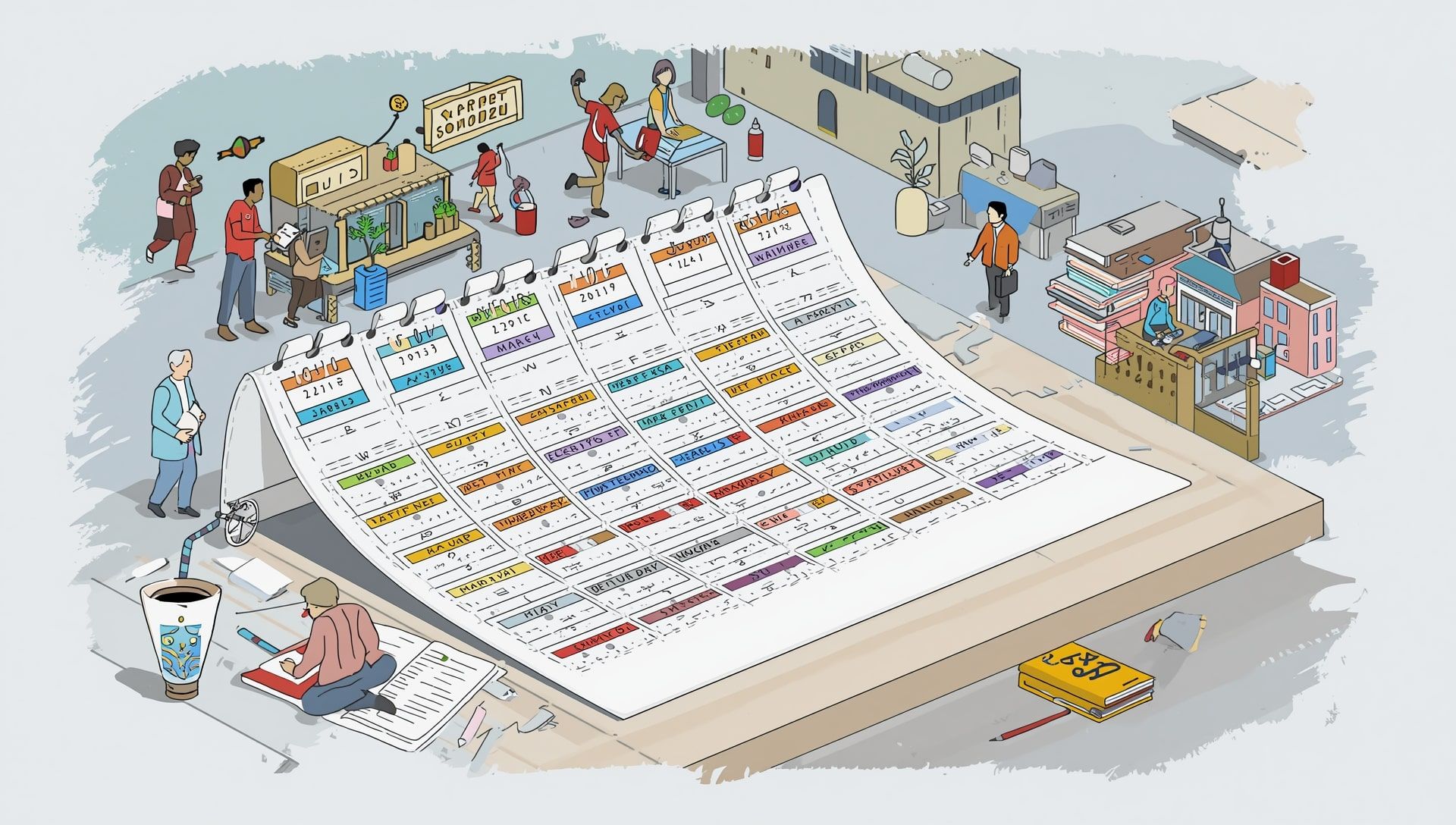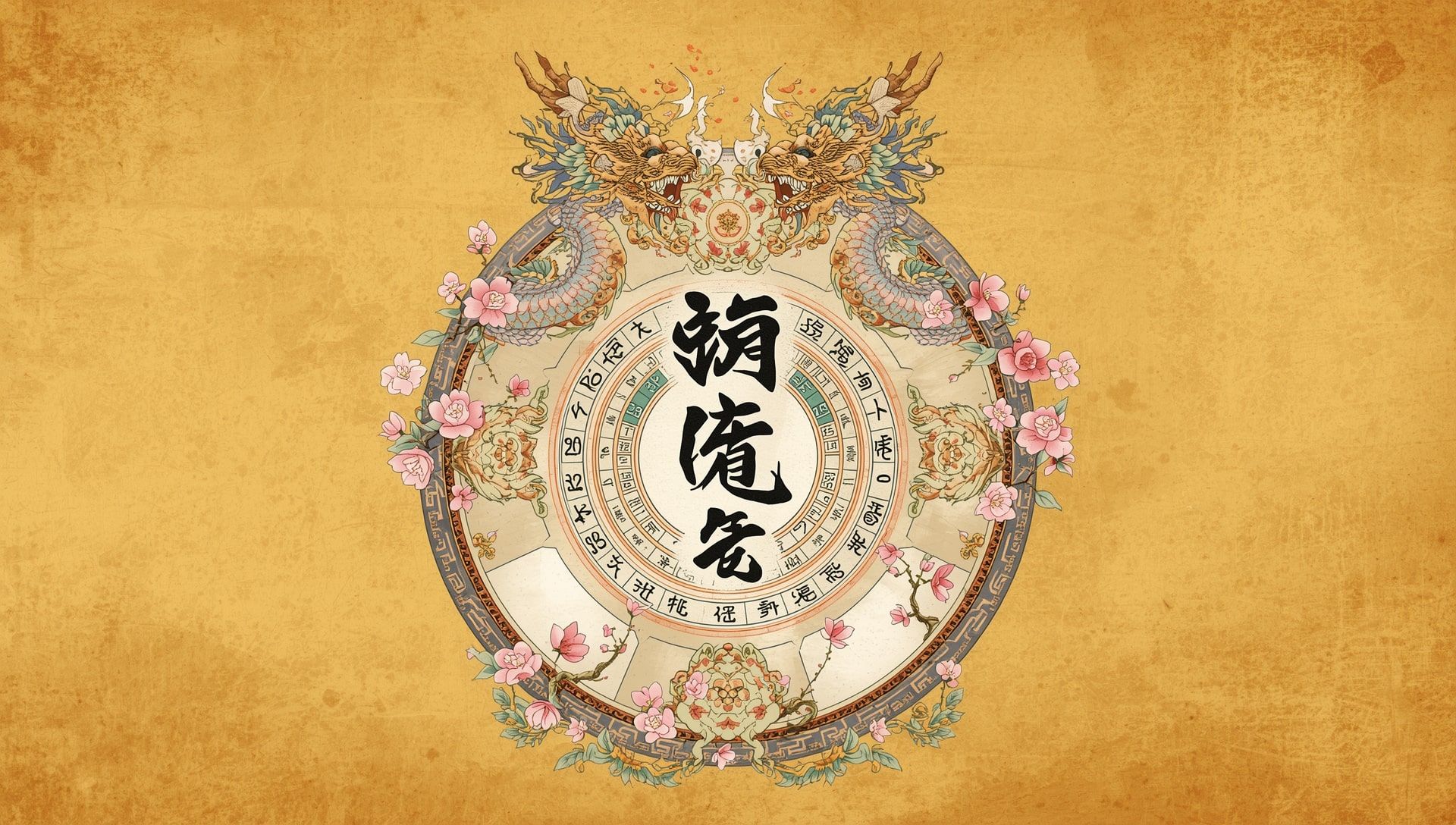- Academic calendars organize the school year into semesters, trimesters, or quarters based on regional and institutional traditions.
- Start months vary worldwide due to climate, culture, and historical education systems.
- Understanding different academic schedules is essential for international students and global collaboration.
- Digital tools like calendar planners make it easier to manage varying school cycles and deadlines.
When one country’s students head back to class in September, another’s may already be halfway through the school year. Academic calendars around the world are not uniform. They reflect local traditions, seasonal patterns, and educational priorities. Understanding why schools begin in different months reveals how learning is tied to culture, weather, and even agriculture. It also helps families and educators plan better across different countries’ systems of education.
What Is an Academic Calendar?
An academic calendar defines how a school or university divides its year. It determines when classes start, when breaks occur, and when terms end. While civil calendars track months and public holidays, academic calendars structure learning time and assessment cycles.
Each academic year typically includes instructional periods, exam sessions, and vacations. Depending on the system, it may follow semesters, trimesters, or quarters. These cycles guide everything from course scheduling to financial aid deadlines and graduation planning.
The term “academic year” does not always mean twelve continuous months. Many institutions define it as a cycle of study that includes teaching, examinations, and recess periods, often totaling 36 to 40 weeks of instruction, similar to the calendar week structure used in business settings.
Common Academic Structures
Academic calendars vary in structure depending on country and education level. The most common systems include:
| System | Divisions | Duration | Example Countries |
|---|---|---|---|
| Semester System | 2 main terms (fall and spring) | 15–18 weeks each | United States, Germany, Australia |
| Trimester System | 3 terms per year | 10–12 weeks each | Japan, New Zealand, Kenya |
| Quarter System | 4 short terms | 8–10 weeks each | Some U.S. universities, Canada |
| Continuous Enrollment | Rolling admissions, no fixed terms | Varies | Online and open universities |
Each structure has benefits. Semesters allow longer study periods with extended breaks. Trimesters and quarters offer flexibility and more entry points throughout the year. Continuous systems maximize accessibility for distance learners and are often supported by time zone converters to manage virtual classes across regions.
Why Academic Years Start at Different Times
While the Gregorian calendar starts in January, academic years can begin in months as varied as March, April, June, or September. This variation comes from a mix of historical, climatic, and cultural influences.
1. Climate and Agricultural Roots
In many regions, school schedules historically aligned with the agricultural cycle. Rural communities needed children to help with planting or harvests. Schools opened when farm work slowed. Even today, some countries keep this seasonal rhythm. For example, in India and parts of Africa, schools often start after monsoon or harvest periods to avoid weather disruptions, reflecting how climate patterns influence education.
2. Historical and Colonial Influence
Former colonial powers shaped educational structures in many parts of the world. Countries under British influence, such as Nigeria and Malaysia, adopted the September start similar to the United Kingdom. Meanwhile, Latin American nations modeled their systems after European or American styles but adjusted for local seasons, mirroring how calendar systems evolved differently across regions.
3. Climate Zones and Seasons
In the Northern Hemisphere, September marks the end of summer and the beginning of cooler, more comfortable weather. This made it practical for schools to start after summer vacation. In the Southern Hemisphere, the opposite applies. Australia and New Zealand begin their school year in late January or February, just after the hottest months end, following the global time zone map alignment.
If you are an international student or planning global exchanges, always confirm which month the academic year starts. It affects admissions, visa timing, and housing availability. A personal event planner can help keep these important milestones synchronized.
Examples of Academic Start Months Around the World
Here’s how academic years begin across different regions:
| Region | Typical Start Month | Notes |
|---|---|---|
| United States and Canada | August or September | Fall semester marks the start of the academic year. |
| United Kingdom | September | Universities and schools follow a fall-to-summer cycle. |
| Australia and New Zealand | January or February | Aligned with the Southern Hemisphere summer break. |
| India | June or July | Follows the end of monsoon season in most regions. |
| Japan | April | Coincides with the start of the fiscal year and cherry blossom season. |
| South Korea | March | Aligns with spring and traditional academic practices. |
| Argentina and Chile | March | Follows the end of summer and fits the Southern Hemisphere school rhythm. |
| Saudi Arabia | August or September | Modified to align with international standards, though based on the lunar calendar. |
Academic Holidays and Breaks
Most academic calendars include planned breaks to support student rest and administrative needs. Common ones include:
- Winter Break: A pause between December and January for Christmas or New Year.
- Spring Break: A short mid-term break, often used for travel or study catch-up.
- Summer Vacation: The longest break, varying by region from one to three months.
- Mid-Year Breaks: In trimester systems, each term may include shorter rest periods.
Breaks are crucial for balancing intense study schedules with mental and physical recovery. They also influence the timing of family travel, internships, and summer courses, which many manage using world clock tools to coordinate international activities.
How Academic Calendars Affect Global Education
With the rise of international study programs, the mismatch between academic calendars can cause challenges. A student finishing school in December in Argentina may have to wait until the following September to start a university program in the United States. Similarly, exchange programs must align courses and credit transfers between different cycles.
Digital tools such as global time zone apps and online calendars make it easier to manage overlapping systems. Students can overlay academic schedules from multiple institutions, view exam periods, and coordinate deadlines with global partners.
Benefits of Understanding Academic Cycles
Knowing how academic calendars differ is essential for effective planning. It helps students, teachers, and administrators anticipate challenges and make the most of global opportunities. Here are a few benefits:
- Helps with university applications and enrollment timing, especially across international cities.
- Supports better travel planning for international students.
- Improves coordination in joint research or exchange programs.
- Reduces missed deadlines and scheduling conflicts.
- More than 100 countries use the September start model for schools and universities.
- Southern Hemisphere schools typically begin in January, February, or March.
- Japan’s April start aligns with both cultural and fiscal calendars.
- International education offices rely heavily on digital calendars to bridge time gaps, often synchronized with military time zones for accuracy.
Looking Ahead: The Future of Academic Calendars
Globalization and online learning are reshaping how academic calendars operate. Universities offering hybrid or online courses are increasingly flexible, allowing students to start anytime. Continuous enrollment systems are growing, reducing dependence on traditional semester structures.
Some countries are also experimenting with year-round schooling to improve learning outcomes and reduce long summer gaps. This shift allows for more consistent engagement and better resource use throughout the year, echoing the idea of perpetual calendars that maintain continuity over time.
The Rhythm of Learning Through Time
Academic calendars may look different around the world, but they all serve one purpose: to give structure to learning. Whether a school year begins in March, April, or September, each system reflects a society’s relationship with time, weather, and education. These variations remind us that learning is both universal and local, connected by purpose but shaped by place.
As global education becomes more interconnected, tools like digital reminders and timers will continue to play a vital role. They help synchronize diverse academic rhythms into a shared beat of progress and curiosity. Wherever and whenever school begins, the calendar remains our most trusted companion in the pursuit of knowledge.









